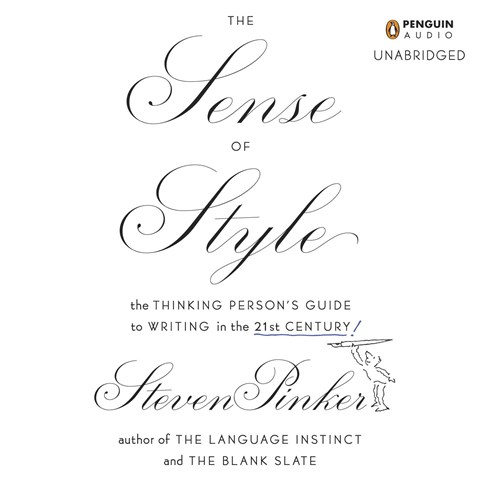


The video is well worth your time, but if you also do not have time to watch the video just yet, I have highlighted many (though not all) of his key points from his talk (and book) below. If you do not have time to read the book, Professor Pinker has several talks about the contents of his book available on YouTube, such as the video below. Presenting and writing are different skills, but they are alike in that when done well both reflect a clarity of thought in both preparation and delivery. Successful presentation consists of aligning language with truth, and the test of this alignment is clarity and simplicity." - Francis-Noël Thomas, Mark TurnerĪs I read Pinker's book I couldn't help but notice that much of his advice about writing also applies to presenting more effectively as well. It adopts the stance that its purpose is presentation its motive, disinterested truth. "Classic style is in its own view clear and simple as the truth. What is most fundamental to that attitude is the stand that the writer knows something before he sets out to write, and that his purpose is to articulate what he knows to a reader.” (Emphasis mine.) "The style is defined not by a set of techniques but rather by an attitude toward writing itself. "The feature of classic style that makes it a natural model for anyone is its great versatility,” Thomas and Turner say in their book. Pinker explores what is called the Classic style of prose, a style of non-fiction writing which Francis-Noël Thomas and Mark Turner dedicate an entire book to explaining in Clear and Simple as the Truth: Writing Classic Prose. Pinker’s book is a thoughtful, clear, and useful discussion on how we can make our writing simpler and clearer by avoiding muddy, confusing prose otherwise known as corporatese, legalese, academese, medicalese, bureaucratese, and officialese. The Sense of Style is for writers of all kinds, and for readers who are interested in letters and literature and are curious about the ways in which the sciences of mind can illuminate how language works at its best.One of the most interesting books I read last year was Steven Pinker’s The Sense of Style: The Thinking Person's Guide to Writing in the 21st Century. Using examples of great and gruesome modern prose while avoiding the scolding tone and Spartan tastes of the classic manuals, he shows how the art of writing can be a form of pleasurable mastery and a fascinating intellectual topic in its own right. In this entertaining and eminently practical book, the cognitive scientist, dictionary consultant, and New York Times–bestselling author Steven Pinker rethinks the usage guide for the twenty-first century. Why is so much writing so bad, and how can we make it better? Is the English language being corrupted by texting and social media? Do the kids today even care about good writing-and why should we care?


The wit and insight and clarity he brings.


 0 kommentar(er)
0 kommentar(er)
